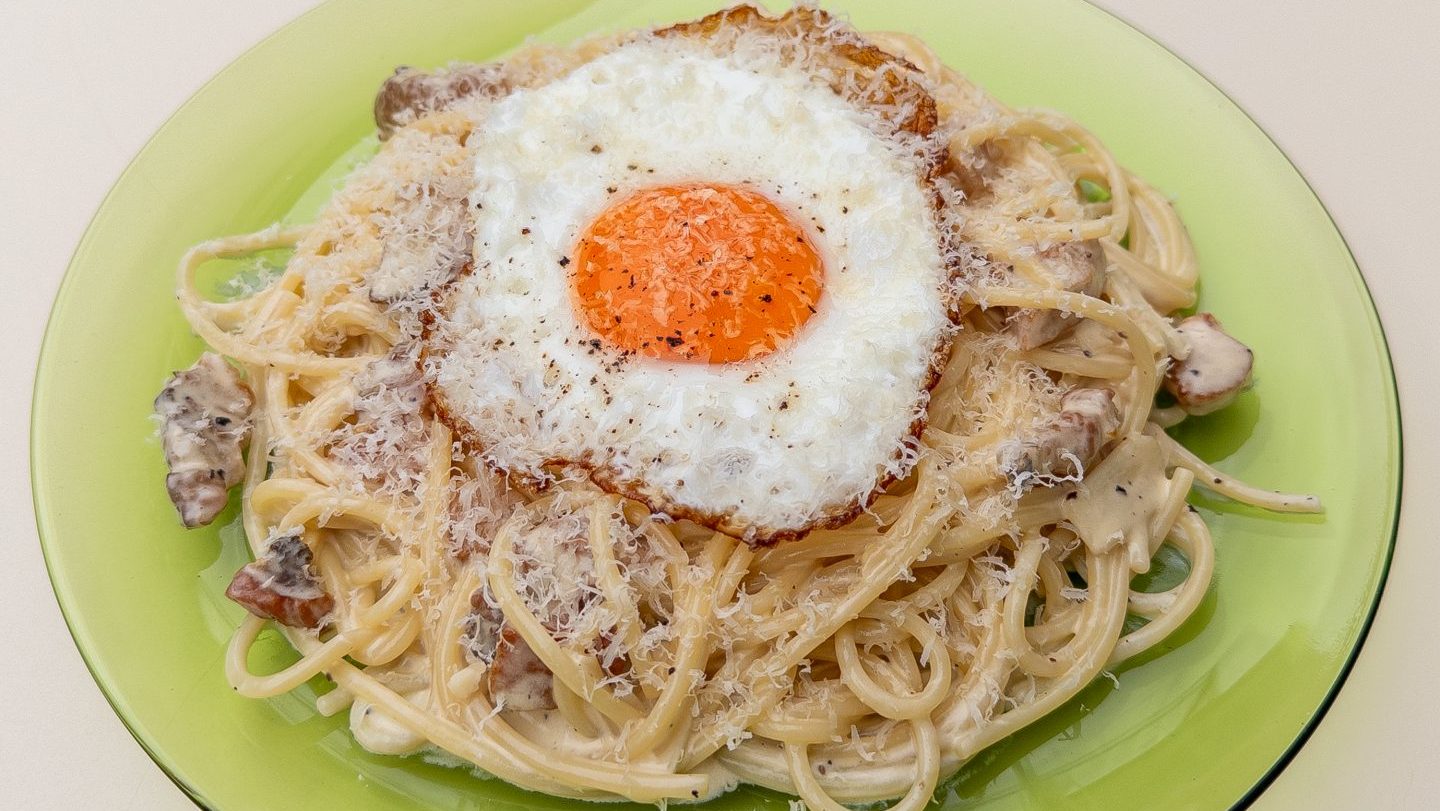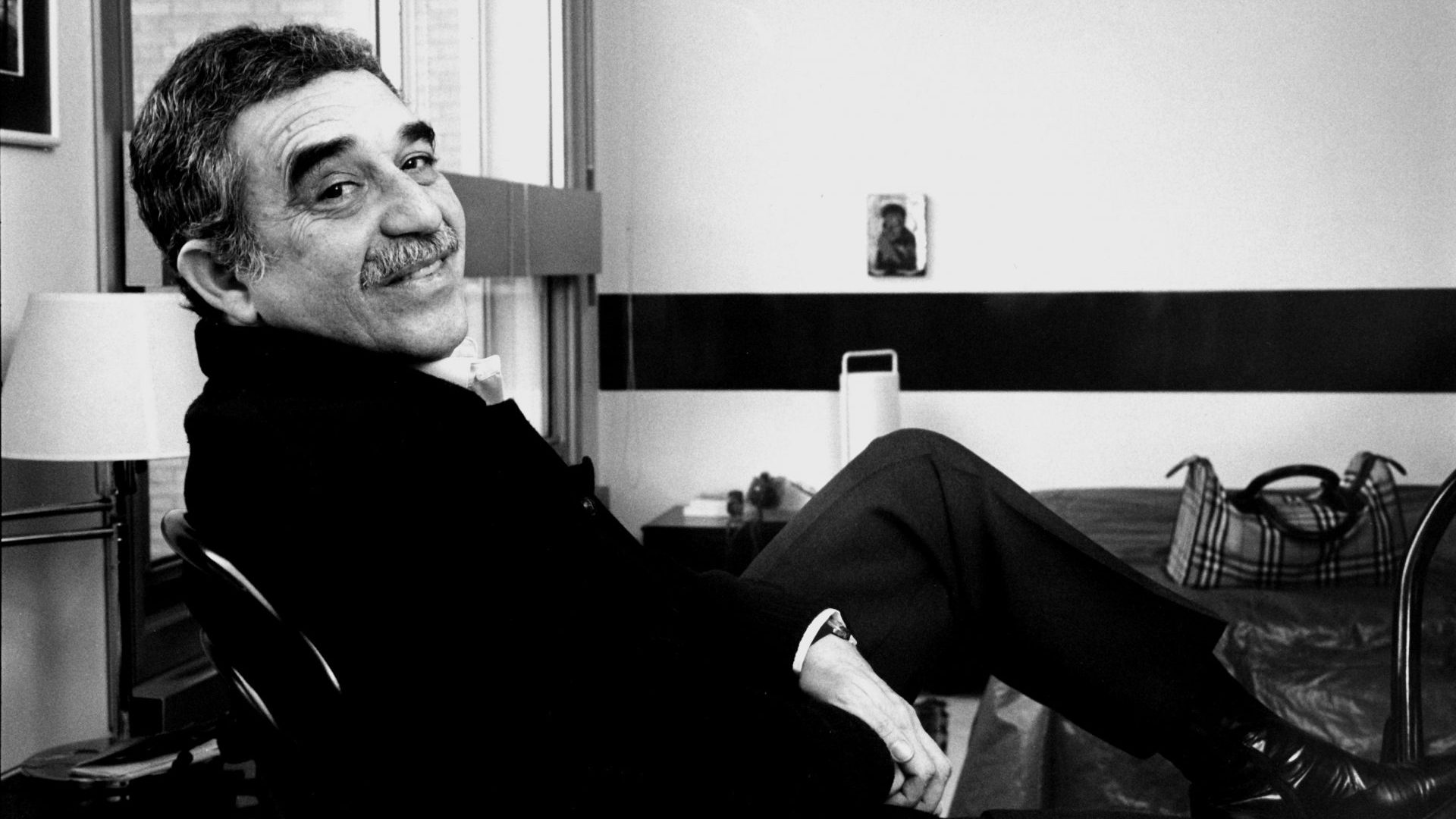Whatever happened to the Dolmio family? After a 12-year run, the puppets have long since stopped interrupting Coronation Street and the like with their sauce-based antics.
This is probably because of the increasing sophistication of British diners’ expectations when it comes to Italian food. “Excuse me,” you might hear someone say to a waiter nowadays, “but there appears to be cream in my carbonara?”. It’s the sort of stuff that would have Papa Dolmio muttering “Mamma mia!” before whipping up a ragu and smiling fuzzily into the camera.
Let’s be clear about this. Cream does not go in a proper carbonara. It would be debaucherous to a Roman, or to an Italian who cares. Nearly all do.
The ingredients in a classic, unadulterated carbonara are clear, simple and gloriously confident: guanciale, eggs, pecorino romano, salt and pepper; spaghetti is the typical pasta shape and olive oil is optional.
There are lots of subtle variations. To add garlic is unlikely to result in a prison term even if it isn’t legit. Likewise swapping parmesan for pecorino or using pancetta in lieu of guanciale. But cream? Cream is not on the list.
The thing is, we do not live in Rome, yet we are strongly post-Dolmio. Everybody knows – thanks to the tireless work of Italian chefs, very serious journalists, and Instagram accounts such as Italians Mad at Food – that cream doesn’t go in carbonara. Not technically.
But it is time to celebrate Britalian dining. Why not? Does cream in the sauce taste disgusting? It changes the texture and renders the dish something else, but it doesn’t ruin dinner. Quite the contrary.
At Café Britaly, a forthcoming restaurant from two fun hospitality types in Peckham, south-east London, this is what’s happening. Britalian food is being thrust on to a pedestal like David in 1504.
Since the Italians arrived en masse after the war, their food has been a mainstay of our culture. All over the country are pizzerias and osterias and trattorias and ristorantes. There are Anglo-Italian cafes serving cooked breakfasts and third-generation Italians frying haddock in crunchy batter. There is an endless parade of more recently arrived Italians who have followed so many others to help fortify our hospitality industry. And there is a subculture of Britalian food.
Spaghetti bolognese might be the pin-up. It is frequent today to encounter a man stepping out of an Audi A4 before making a lucid observation such as: “Actually, they don’t eat bolognese in Italy” or “PizzaExpress is not very good”. But they do eat bolognese in Italy, it’s just a little different. And PizzaExpress is good, it’s just a little pricey.
Spag bol, though, fair play. As British as a tikka masala. And delicious with its Lea & Perrins or Bovril or whatever else enterprising parents with little time like to use to bolster flavour.
Back to Café Britaly. The head chef, Alex Purdie, is Scottish, and formerly of Bocca di Lupo, an exceptional – and traditional – Italian restaurant in Soho. He’s working with restaurateur Richard Crampton-Platt. Both have come up with a hugely playful menu with everything from deep-fried pizza (Purdie is from Glasgow, more specifically) to “Britalian carbonara”.
The pizza is the perfect combination of sexy and cute: a chewy dough, topped with marinara sauce and mozzarella, and fried in batter before the whole thing is seasoned with sea salt and malt vinegar. The carbonara? Impossibly rich and comforting, a garlic-straddling flight from Rome to London, fusing the two countries in inelegant harmony.
Also on the menu are dishes like green lasagne featuring cheddar, a lavish aubergine parmigiana in ciabatta, and rice pudding arancini. There are more Italian-leaning options: tortelloni will be handmade; skate wings served classically with capers and dill; on Sundays, porchetta. But Britain plays its homely part.
And when Café Britaly opens in May, I’ll be there. For Nocellara olives, sardines and flappy mortadella, but for fish finger sandwiches, too, and, yeah, creamy carbonara. It’s time to accept the silliness.




